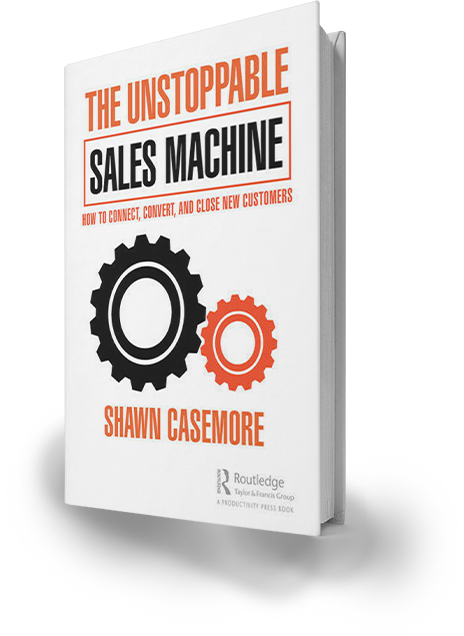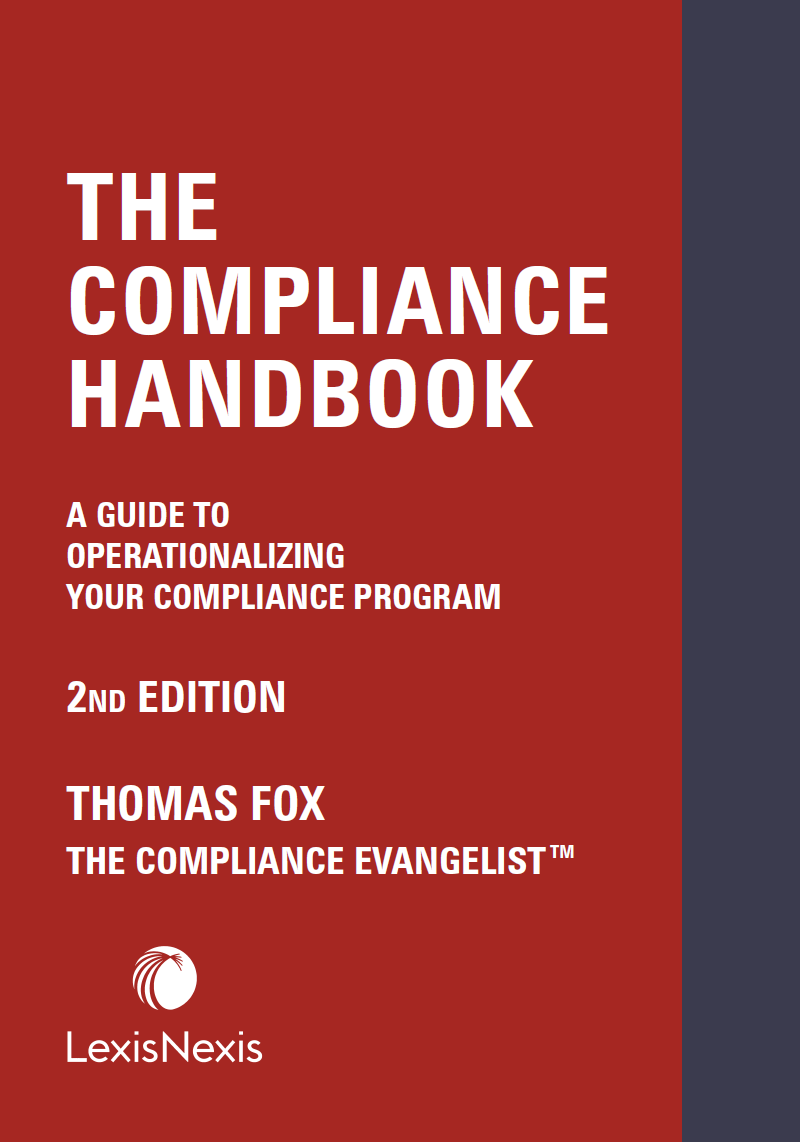Best Practices for Managing Business Process Improvement Projects: Six Steps to Success
Gina Abudi
While there are numerous project management books on the market and a number on business processes and initiatives, there has been a lack of comprehensive guides to successfully manage business process improvement (BPI) projects, until now. Using the simple six-step approach explained and illustrated within this guide, project managers will increase their effectiveness in managing the complexities of business process improvement projects, and gain the necessary leadership skills required to be successful in driving change within an organization to improve business results.


Managing Stakeholders Expectations around Change
Managing business process improvement (BPI) projects are challenging enough. Add to that the need to manage stakeholders’ expectations around change as it relates to the BPI project and your challenges have doubled!
One of our responsibilities when managing BPI projects is to ensure we also manage the expectations of our stakeholders, who will undoubtedly be impacted by the change. Some of these stakeholders are easier to manage then others – these are our champions. They are excited about the BPI project and the changes it will bring – they see the value of the project for themselves, their department and the organization as a whole. Then we have the more challenging stakeholders. These are the individuals that are resistant to the BPI project, or may be indifferent or unsure. You may just need to help them understand the benefits for them personally. To add to these challenges, at times you get stakeholders who want it all and want it right away. This becomes quite the challenge when working within a specific scope and a limited budget and especially when stakeholders have not been sufficiently involved in the initial requirements gathering or scoping of the project.
In order to manage stakeholder’s expectations, you’ll need to establish trust with your stakeholders. This will come once you have built relationships with them. Consider these best practices to engage stakeholders early on in the BPI initiative to build relationships and establish trust and to better manage their expectations throughout the BPI project lifecycle:
- -Schedule an initial stakeholder meeting to discuss the project in detail with a focus on the benefits to the organization as well as various departments and the individuals within the organization. This may be a larger meeting that shares information about the project, or, in very large organizations, may be a number of department meetings.
- -Schedule smaller group meetings with key stakeholders to ensure you have their perspective on the project as well as to further refine the scope and ensure an understanding of what is/is not possible.I have found it valuable to share limited budget information, Phase 1 goals and other related information with stakeholders in smaller groups to enable them to better understand what we are trying to accomplish overall. This helps to set expectations early on about the project’s scope. Use these smaller group meetings to begin to build relationships and establish trust with the stakeholders (they need to get to know you, you need to get to know them)
- -When necessary, schedule one-on-one meetings with key stakeholders to provide more personalized attention and answer questions or address concerns. Look for individuals who seem disengaged during the initial or subsequent smaller group stakeholder meetings or who appear to be more resistant to the project. These individuals may benefit from having one-on-one time to address their issues and/or concerns and get them engaged in the project.
I share the project charter and scope with all my stakeholders so that they understand the goals of the BPI project and what is included as part of the project. This helps to address requests that will come later on that will expand the scope or take the project in a different direction. It doesn’t mean these requests (or demands) won’t come! But they are better able to be managed when you have already shared with the stakeholders what is in and out of scope and why earlier on in the initiative.

Gina Abudi, MBA, has over 20 years of consulting experience in helping businesses develop and implement strategy around projects, processes, and people. She is President of Abudi Consulting Group, LLC, and has led a number of process improvement projects, change management initiatives, facilitation of team meeting and executive strategy sessions, and development and evaluation of PMOs and Centers of Excellence. Gina works closely with a variety of clients to develop and deliver customized workshops, seminars, and training programs to meet long-term strategic needs. She serves as President of the PMI Massachusetts Bay Chapter Board of Directors and has served on the Project Management Institute’s Global Corporate Council as Chair of the Leadership Team. Ms. Abudi has been honored as one of the Power 50 most influential executives in project management from PMI, working to move the profession forward.























